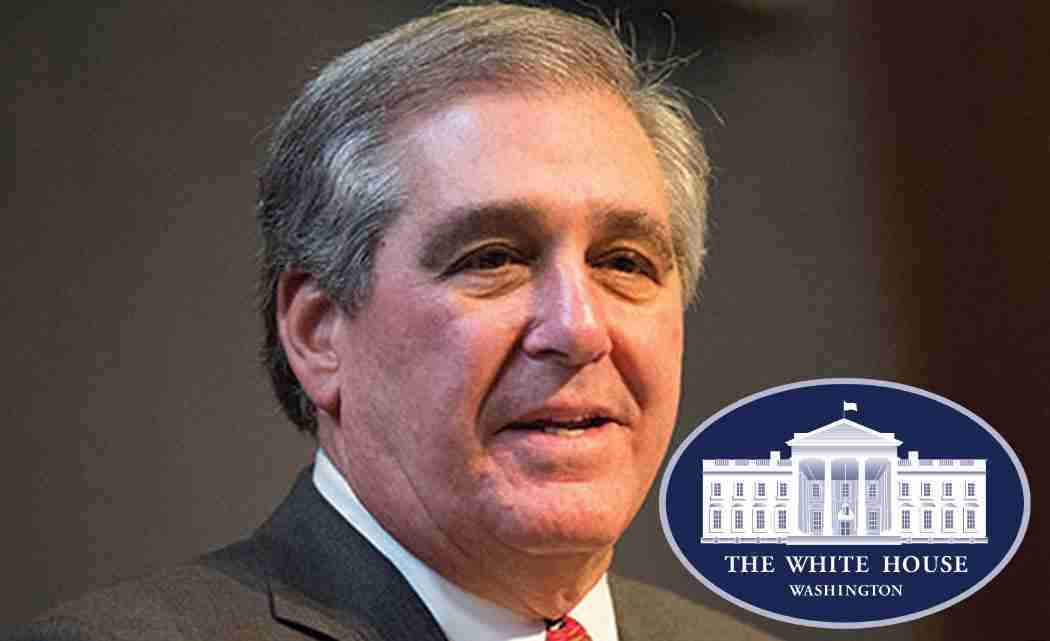From Ferguson and Staten Island to North Charleston and Baltimore, our nation has been moved — to conversation and debate, protest and action — by images of tragic encounters between law enforcement and the communities they serve.
But as the President has made clear, these issues are not new, and every mayor (or former mayor, like me) can attest that what we are witnessing in cities across America is not only about policing.
This is also about opportunity.
Everyone should be empowered by the country they call home. Unfortunately, in America, too many young people are limited by the zip code into which they are born. The President doesn’t treat this conversation as one to be had only every few months surrounding the latest tragedy captured on camera and replayed on the news.
As the Director of Intergovernmental Affairs for President Obama, I’ve seen firsthand the steady, focused efforts he is taking to expand opportunity for more Americans.
Since the day he took office, the President has worked to address these issues in important ways: restoring economic security to hard-hit American families; building stronger neighborhoods and communities; protecting and defending the civil rights of all Americans; ensuring young people have the opportunity to reach their full potential; expanding access to college; and expanding access to affordable, quality health care.
But our work is far from over.
Here are just a few specific examples of the actions the President is taking, working in coordination at state, city, county, and tribal levels.
In 2010, the President created the Choice Neighborhoods program, which has provided more than $300 million to plan and implement the transformation of high-poverty areas in sustainable, mixed-income neighborhoods with services, schools, transportation, and access to jobs. It also expanded the neighborhood Stabilization Program, which has provided $7 billion in funding to communities to manage vacant and foreclosed properties.
For every federal dollar spent, Choice Neighborhoods has attracted seven dollars of private and other investment and has developed nearly 10,000 units of mixed-income housing in 12 communities.
This is just one of the many ways this administration is working to be a better partner to local leaders working to improve the quality of life in their communities. In fact, in the past six years we have initiated dozens of locally led efforts reaching 1,234 communities to improve economic conditions, schools, build businesses and make communities more resilient against climate change.
One of these efforts built in partnership with communities across the country is “My Brother’s Keeper” (MBK). This initiative launched last year to address persistent opportunity gaps faced by boys and young men of color and ensure that all young people can reach their full potential. And through the MBK Community Challenge, more than 150 city, county, and tribal leaders are joining with diverse stakeholders to implement their own strategies to help more young Americans get ahead.
The President also signed an Executive Order to create the Task Force on 21st Century Policing last year, part of the Administration’s efforts to strengthen trust between law enforcement officers and the communities they serve and protect while enhancing public safety. The task force developed constructive, concrete proposals that — if adopted — would make an important difference.
President Obama also raised the maximum Pell Grant award to $5,775 for the 2015-16 award year — a more than $1,000 increase since the 2008-2009 school year, helping more than 8 million Americans a year afford college. This year, the President has proposed new investments to ensure the maximum Pell Grant keeps up with the cost of inflation.
The most important path out of poverty is a job, and American businesses have added more than 12 million new jobs over the last 62 months, the longest streak on record. Our recovery from the Great Recession was hardest for those who were already struggling, but the President’s decisive actions have helped lift millions of families out of poverty.
The Administration’s measures, including the Making Work Pay tax credit, strengthening unemployment and SNAP benefits, launching a rapid rehousing project and expanding eligibility of the Child Tax Credit and Earned Income Tax Credit, helped keep between 3.9 million and 5.7 million families per year out of poverty during the recovery.
In fact, in 2013, more than 1.1 million Americans were lifted out of poverty, led by the largest one-year drop in child poverty since 1966. This reduced the poverty rate significantly, by a half a percentage point.
We’re seeing real results. But there’s more work to do. The President knows that expanding opportunity isn’t just a moral responsibility for all Americans — it’s an economic imperative for our nation. Here’s why:
When children grow up in poverty, it costs our nation half a trillion dollars in lost wages, productivity, and other costs each year, roughly the equivalent of 4 percent of GDP.
The President likes to remind his team that our time in the White House represents our best chance to do the most good for the most people. And the best thing we can do is continue to expand opportunities so that every American has the same chance the President did — to use their talent, drive, and work ethic to determine their own future. But this work can only be done in partnership with individuals and communities ready to make change in their own neighborhoods.
That’s what the President’s been focused on since day one, and it’s what we’ll be working on until the last day we’re here. And we need your help to get it done.
Thanks,
Jerry
Jerry Abramson
Director of Intergovernmental Affairs
The White House
@Abramson44













No Comment